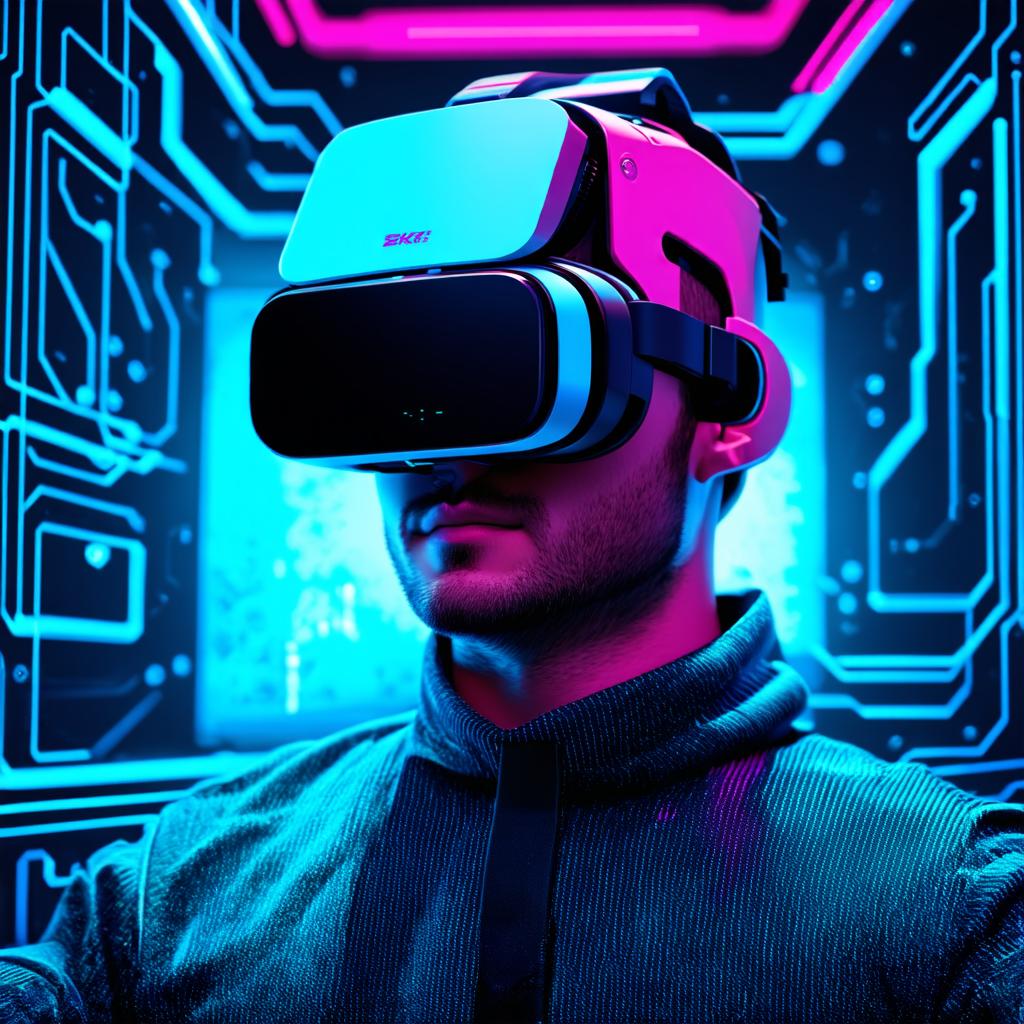Virtual Reality and Augmented Reality: Immersive Experiences with Different Applications

Virtual reality (VR) and augmented reality (AR) are two of the most exciting developments in technology. Both technologies offer immersive experiences that allow users to interact with digital content in new and innovative ways. However, despite their similarities, VR and AR are fundamentally different technologies.
Virtual Reality: An Immersive Experience
Virtual reality is a technology that allows users to experience a computer-generated environment as if they were really there. This is achieved through the use of headsets, sensors, and controllers that track the user’s movements and adjust the environment accordingly. The result is a highly immersive experience that can feel like anything from flying over a city to exploring a distant planet.
Virtual reality has a wide range of potential applications, including gaming, education, and training. For example, gamers can use VR headsets to play games in a fully immersive environment, while educators can use VR simulations to teach students about history or science. Medical professionals can also use VR simulations to practice surgeries and other procedures in a safe and controlled environment.
Augmented Reality: Overlaying Digital Content onto the Real World
Augmented reality is a technology that overlays digital content onto the real world. This is achieved through the use of sensors and cameras that track the user’s location and orientation, as well as software that renders the digital content in real-time. The result is a seamless integration of digital content with the physical world, allowing users to interact with both in new and innovative ways.
Augmented reality has a wide range of potential applications, including retail, marketing, and education. For example, retailers can use AR to enhance the shopping experience by providing customers with additional information about products, while marketers can use AR to create interactive advertising campaigns. Educators can also use AR to provide students with a more engaging and interactive learning experience.
The Future of Virtual Reality and Augmented Reality
Virtual reality and augmented reality are still relatively new technologies, but they have already shown tremendous potential. As the technology continues to evolve, we can expect to see even more exciting applications for both VR and AR.
For example, we may see VR used in fields such as architecture and interior design to allow clients to visualize projects in a fully immersive environment, while AR may be used in fields such as manufacturing to provide workers with real-time information about products and processes.
Summary
Virtual reality and augmented reality are two exciting technologies that offer immersive experiences unlike anything we’ve ever seen before. While they have some similarities, VR and AR are fundamentally different technologies with a wide range of potential applications. As the technology continues to evolve, we can expect to see even more exciting uses for both VR and AR in the future.
